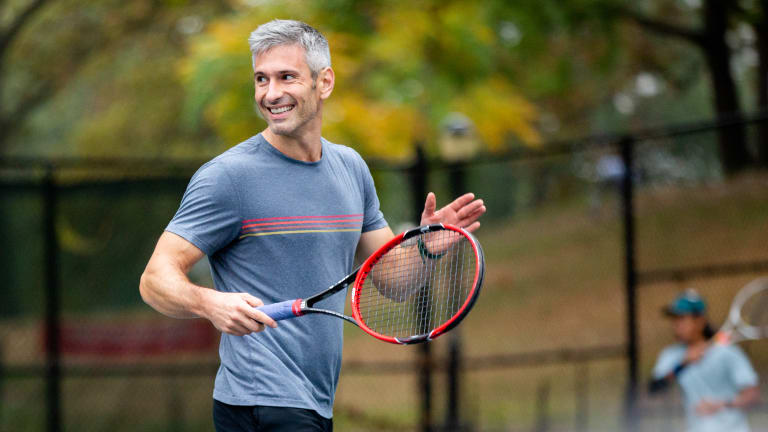For the recreational tennis player, the last 14 months have been a stressful time. Masks. Gloves. Disinfecting benches, grips, water bottles. The careful monitoring of tennis balls. Facilities closed, opened, closed, opened. Doubles and distance. League play and tournaments cancelled.
“It was a little scary,” says Hyacinth Yorke, a teaching pro at Southampton Tennis in the Philadelphia area. “You didn’t know if the mental psyche could handle all that isolation.”
And yet, throughout this time, increasing numbers of people played tennis. According to data from the Physical Activity Council’s Participation report, tennis participation increased by 22 percent in 2020.
Now, as more and more people become vaccinated, the courts are not only remaining crowded, but tennis' social aspect is coming to the fore.
“I feel like this is the tennis boom part two,” says Trey Waltke, general manager of the Southern California-based Malibu Racquet Club. “Everyone is talking tennis. Everyone is playing. People are rediscovering how great tennis is.”
Waltke estimates his club has added 50 new members in the last year—from newcomers to others returning after a few years away to zealots playing even more. They’re also investing in their games.
“Stringing is going through the roof,” says Jimmy Miller, a stringer at Swetka’s Tennis Shop, a longstanding independent store located in Mountain View, Calif. “People with old racquets are bringing them in for new strings and grips. Lots of people are demoing racquets too.”
“The pandemic made it so kids stayed in a lot,” says Carlton Jones, director-owner of Aztec Tennis Club, a community tennis organization in Berkeley. “But once they get out there on the court, they see that tennis is a perfect distancing sport.”

